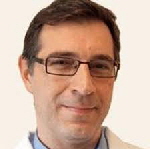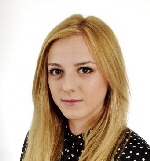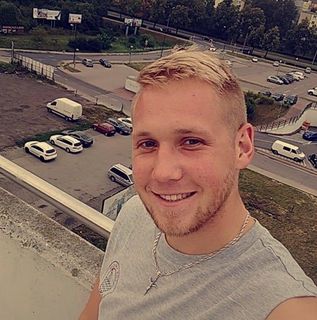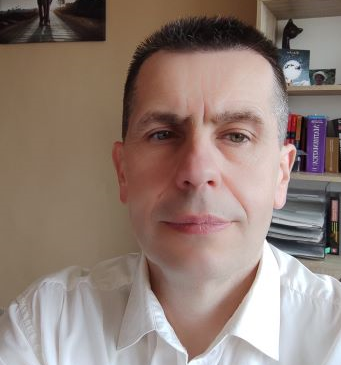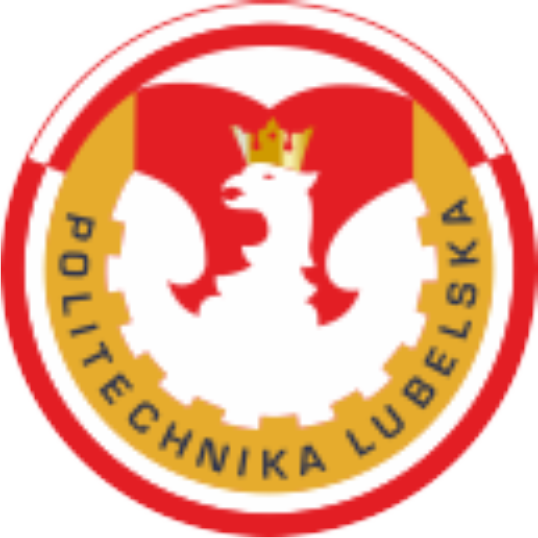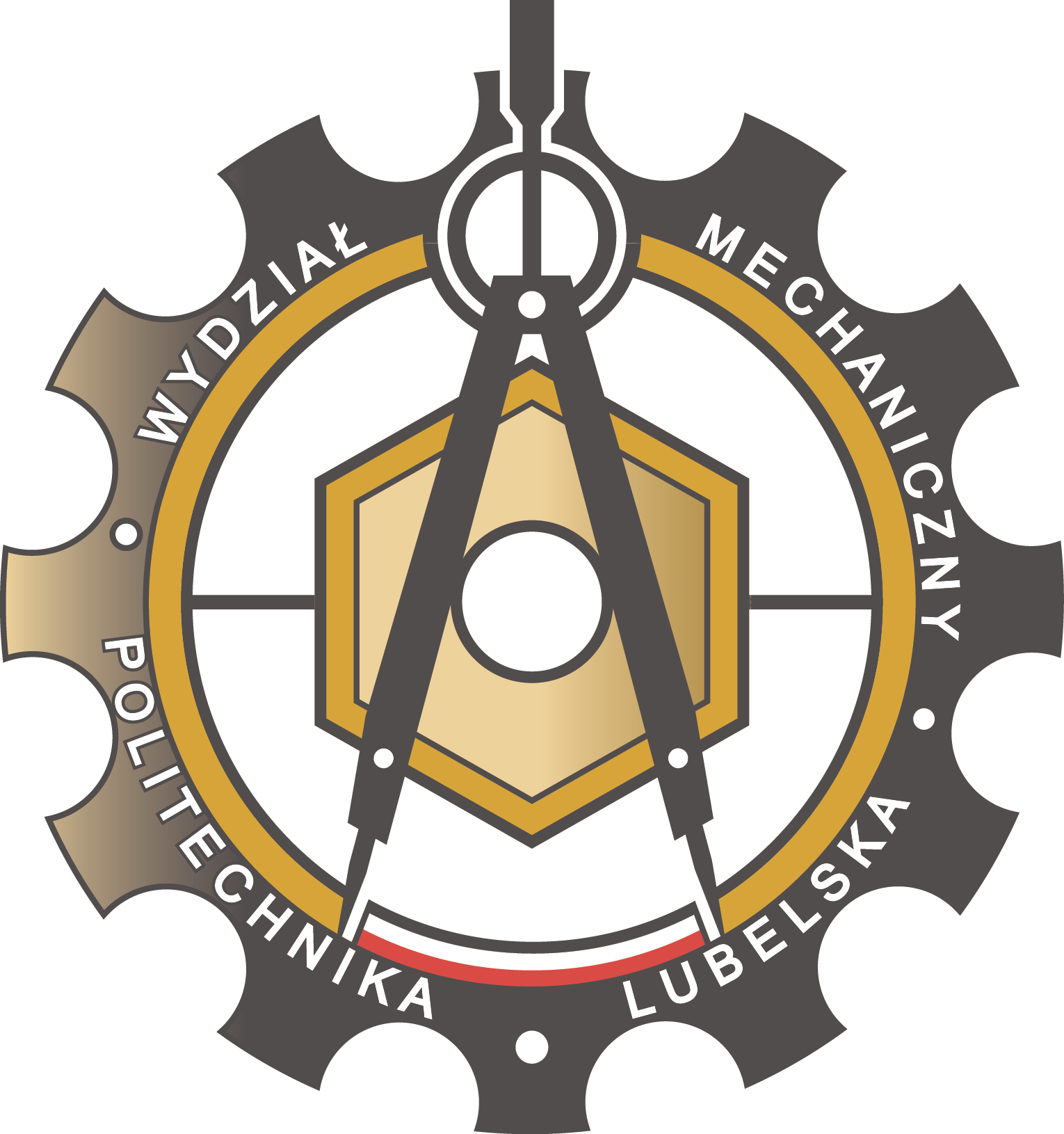Nonlinear effects in the Middle Ear with an active implant
About Project
Worldwide there is an estimated 500 million people who suffer from hearing loss. Up to now, there is still lack of effective treatment both to sensorineural and conductive hearing loss. An active middle ear implant is one of the most innovative method of hearing loss treatment. Therefore, an explanation of the active implant role in the middle ear structure and its influence on the human ear dynamics is the main objective of the project. Since, the proposed in the project, the biomechanical model of the human middle ear with an active implant is nonlinear, the system response can be regular, e.g. periodic, quasi-periodic, sub or super harmonic or even chaotic.
The thoroughgoing knowledge about phenomena occurring in the human middle ear with an active implant needs to use various research methods applying in biomechanics, mechatronics as well as in otolaryngology. To obtain the scientific aims, a new physical and mathematical nonlinear model of the intact human middle ear is developed. Next, the model of intact ear is used to describe the human ear with an implantable middle ear hearing device. Testing programme provides for analyses of the human middle ear with an active implant in case of two types of implant actuators: electromagnetic and piezoelectric that are coupled to the biomechanical model of the human ear. To describe the coupled biomechanical and electrical model. The theoretical obtained results will be verified by experimental tests on the human temporal bones.O projekcie
Szacuje się, że na świecie żyje około 500 milionów ludzi cierpiących na niedosłuch. Do chwili obecnej brakuje uniwersalnej metody leczenia, która byłaby skuteczna zarówno w przypadku niedosłuchu przewodzeniowego i odbiorczego, chociaż ostatnie osiągnięcia medycyny pozwalają patrzeć z optymizmem na aktywne implanty ucha środkowego. Dlatego też, wyjaśnienie sprzężenia pomiędzy biomechaniczną strukturą ucha a elektromagnetycznym implantem jest podstawowym zadaniem niniejszego projektu. Zaproponowany w projekcie bio-elektro-mechaniczny model ucha środkowego jest nieliniowy i zawiera efekt relaksacji naprężeń, co wpłynie na możliwość pojawienia się nieliniowych zachowań, takich jak: ruchy quasi-okresowe, drgania pod- i nad- harmoniczne, czy nawet chaotyczne. Dodatkowym źródłem nietypowych zachowań może być sprzężenie w modelu części mechanicznej i elektrycznej, co jest również nowością naukową.
Badania ucha środkowego z aktywnym implantem będą prowadzone dla dwóch elementów aktywnych (siłowników): elektromagnetycznego i piezoelektrycznego przy kilku różnych wariantach zamocowania siłownika. Zdefiniowany zostanie model sprzężenia pomiędzy układem biomechanicznym - ucha środkowego i elektromagnetycznym - aktywnego implantu (siłownika). W sposób matematyczny model opisany zostanie nieliniowymi równaniami różniczkowymi, które zostaną rozwiązane metodami analitycznymi i numerycznymi. Rezultaty rozważań teoretycznych zostaną zweryfikowane przy pomocy eksperymentu na kości skroniowej przy użyciu Dopplerowskiego Wibrometru Laserowego.
